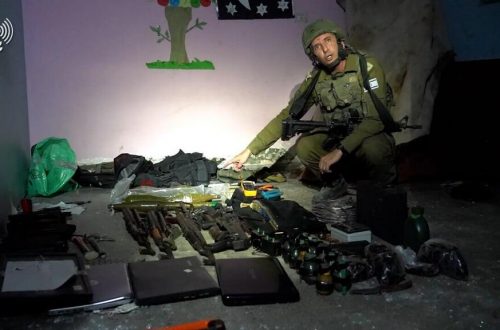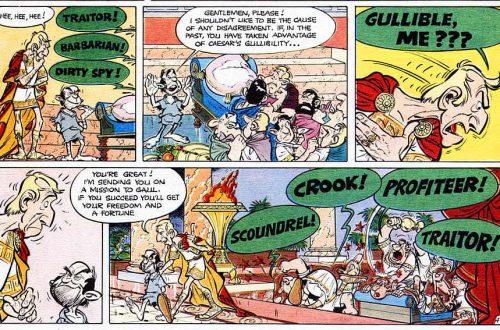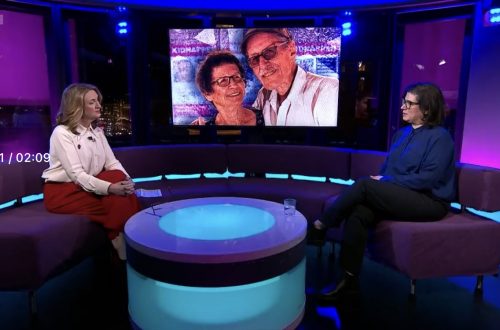I mentioned in the comments below that Cho Seung Hui and his murderous rampage at Virginia Tech were reminiscent of Robert Di Niro’s character in the movie “Taxi Driver”– a loner obsessed with the world’s moral corruption who shaves his head and lashes out violently.
In Friday’s Washington Post, movie critic Stephen Hunter mentions other possible cinematic influences on Cho– specifically the movies of Park Chan Wook and John Woo, none of which I’ve seen.
As with the Park movie [“Oldboy”], it is not certain that Cho saw Woo’s films, though any kid taken by violent popular culture in the past 15 or 20 years almost certainly would have, on DVD, alone in the dark, in his bedroom or downstairs after the family’s gone to bed. They’re not family fare; they’re dreamy, angry adolescent fare. They were gun-crazed ballets, full of whirling imagery, grace, masculine power and a strange but perhaps not irrelevant religiosity. They were close to outlaw works of art: They celebrated violence even as they aesthetized it, streamlined it and made it seem fabulous fun. Their possible influence on Cho can be clearly seen in 11 of the photos that feature handguns.
Almost certainly the form that Cho’s rage took– if not the rage itself– was in some sense media-driven.
I’ll admit to a weakness for stylized movie violence– although, like most people (I hope), I fully understand that the violence on a movie screen bears no resemblance to violence in real life. Still, the next time I find myself enjoying a cinematic depiction of an armed avenger– no matter how righteous his cause– I hope I’ll remember what happened on that terrible Monday in Blacksburg, Virginia.


